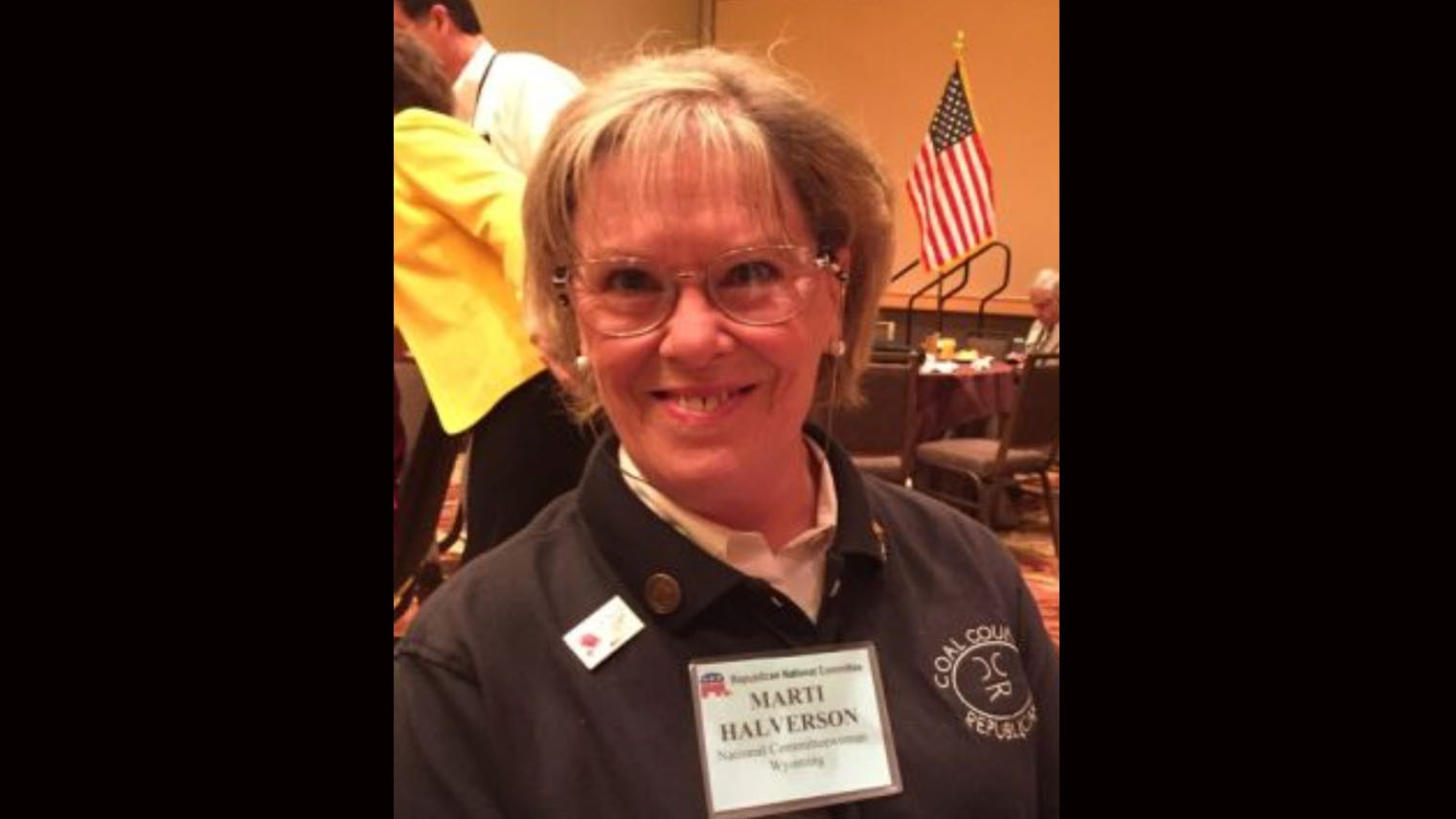By Marti Halverson, guest columnist
Halverson is a former Wyoming legislator
On October 5th, 2018, the Department of Workforce Services delivered its gender wage gap study to the Joint Labor, Health & Social Services Committee. This study was authorized by 2017 House Bill 209, co-sponsored by Rep. Cathy Connolly and me. Its $75,000 cost required no additional money. The cost was borne by DWS using existing department funds.
The work was meant to update the 2003 University of Wyoming and The Wyoming Women’s Foundation study examining Wyoming’s gender wage disparity and to get to the bottom of the Wyoming Worst for Women headline in a 2017 issue of Forbes Magazine.
The Department’s charge was to inform legislators as to the reasons for the wage gap between men and women in Wyoming.
Rep. Connolly had concerns that discrimination was the root cause. I suspected that fewer women than men in Wyoming’s workforce, and their lower earnings, were primarily a result of the choices women made.
If, indeed, it was discovered that Wyoming employers were paying women less, solely because they were women, then legislators had some hard work ahead of them.
The reported 68¢ gender wage gap is derived, quite simply, by adding up all the wages earned by men, then adding up all the wages earned by women and calculating the difference. As the DWS report notes, this is done by the US Census Bureau, American Community Survey which uses five-year averages from relatively small sample sizes. No attempt is made in the ACS to compare job to job, or hours to hours among male and female workers.
From the 2018 Study: “time spent at work, education differences, employment in different industries, and family factors were the main reasons for the wage gap. Many of the results from the 2003 studies were replicated in this report.”
The Study further reports that “. . . industry of employment and the number of hours worked as the two greatest contributors to Wyoming’s gender wage gap.”
The Study made two references to discrimination: “Coefficients were estimates of the unexplained residual portions or what could be attributed to discrimination, variables not included in the regression model, or a combination of both.” And, “The remaining $0.13 of the adjusted gender wage gap were unaccounted for due to factors that were unknown, which could include discrimination.”
No evidence of gender wage discrimination was found. There was only speculation that discrimination “could” possibly be an explanation for a small part of the wage gap between men and women.
Excerpts from the study:
- “The wage gap narrows or widens when considering . . . industry of employment, hours worked, education, tenure, having children, or growing older.”
- “Counties in which mining made up a substantial proportion of all jobs had some of the largest wage gaps.”
- “The idea to increase the average wages of Wyoming teachers and nurses to at least the national minimum has already been achieved.”
- “The number of hours worked influences the size of the gender wage gap.” “86% of men worked 35 or more hours per week, compared to 69% of women.” “61% of men worked full-time, year-round compared to 44% of women.” “Men worked 44 hours per week in 2016, compared to 36 hours per week for women.” “Men on average worked 143 hours more than women over the year which explained the hours worked portion of the wage gap.” “The number of hours worked is voluntary.”
- “After starting a family, more women cut hours or take time away from work than men.” “The wage gap widened with the number of births a person had.” “47% of mothers with children under the age 18 would prefer to work part-time over full-time or not at all.”
- “In recent years, the percentage of women participating in the workforce has decreased.”
- “Two-thirds of tipped workers are women.” “Women have greater representation among minimum wage workers.” “More women than men working in relatively lower paying jobs.”
- “Wyoming women working in computer and mathematical occupations were paid practically the same as men working in the same occupations.”
- “Employment in mining was most dominated by men, 87.4% to 12.6% women, while healthcare and social assistance was dominated by women, 82.6% to 17.4% men.” “Women made up just 10.2% of persons working in production [manufacturing] occupations, the smallest proportion in the [multi-state] region.”
- On the subject of employment benefits, “Overall, a slightly larger proportion of women (84.9%) were covered by some type of insurance plan compared to men (83.4%).”
- “In the past, relative wages for an occupation have fallen as more women entered the occupation.”
The study enumerated several possible solutions to the fact that men earn more than women in Wyoming, and those can be found on page seven of the report.
One of the measures other states have taken is to increase penalties for violation of equal pay laws. In the 2018 Wyoming legislative session, Representative Connolly and I cosponsored House Bill 146 to do just that. It sailed through the House, but was not considered in the senate.
We will bring this bill again in 2019. Penalties for paying women less than men, everything else being equal, should be at least as substantial as the penalty for a bounced paycheck.
There are possible legislative solutions, but we should avoid state mandates on employers and employees in a free market. There are ideas for training employers, and training female job applicants to negotiate higher wages. There are suggestions for voluntary employer actions.
Wyoming can encourage girls to pursue math and science in elementary schools and continue that education in college. We can encourage girls and women to pursue “non-traditional” careers, and thus change the occupational matrix.
An increase in the minimum wage would likely help increase women’s earnings relative to men’s, but would need to be carefully measured to balance the gains in income with the potential loss of employment or hours worked.
What law do we pass to get more women in the workforce? What law do we pass to get women to work longer hours? Some will say the state needs to subsidize day care, but I do not see lawmaker support for that.
This Study was comprehensive, exhaustive and confirmed what many of us knew. Wyoming is a great state. It’s a great state for women. Employers pay men and women fairly considering the nature of the job, education attainment and hours worked.
Due to the high wages paid in the mineral sector, Wyoming is a great state to enable women to choose to work at home raising their families.
Wyoming is not “worst for women.” Generally speaking, Wyoming women in the workforce are doing the jobs and working the hours they want. The legislature has nothing to do here.





